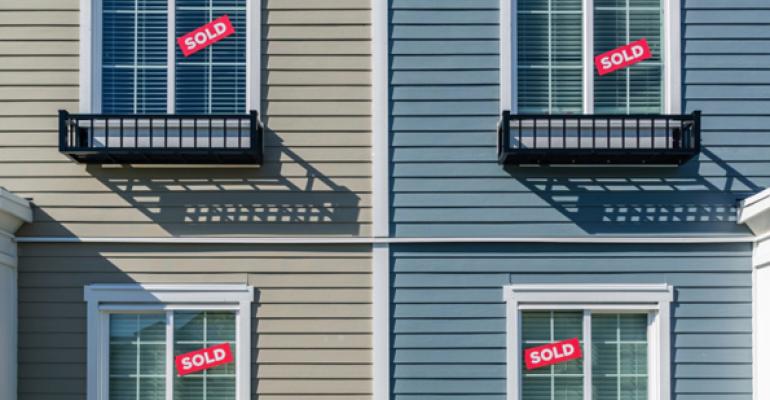Rental apartments may soon have more competition from for-sale houses, according to a new report from the Joint Center for Housing Studies of Harvard University.
“The national housing market is finally returning to normal,” according the Joint Center’s State of the Nation’s Housing report from 2017.
The apartment sector has benefitted from millions of renters in demographic groups that have, in the past, often bought houses for themselves instead of renting apartments. As the U.S. economy improves, some of these renters may finally turn to homeownership, provided they qualify for home loans. That will be especially prevalent in housing markets where homes are relatively affordable.
“We do expect loss of renters to purchase to edge up a bit in metros with comparatively affordable for-sale product, mainly areas in Texas and parts of the Southeast like Atlanta and the Carolinas,” says Greg Willett, chief economist for RealPage, Inc., which owns apartment firm MPF Research.
The homeownership rate is likely to rise
Since 2005, the number of renter households has grown by nearly 10 million. That includes several types of households that traditionally prefer homeownership, according to the Joint Center.
The increase in the number of homeowners in 2016 was the largest since 2006. Early indications are that home buying activity continued to gain traction in 2017, according to the Joint Center.
So far, the number of rental households is growing even more quickly than the number of homeowner households. That means the homeownership rate continues to sink lower.
“Although the homeownership rate did edge down again in 2016, the decline was the smallest in years,” says Daniel McCue, a senior research associate at the Center. “We may be finding the bottom.”
According to Jay Hiemenz, president and COO of Alliance Residential Company, a privately-held multifamily owner, demographic forces and the low homeownership rate has been helping to bolster the rental market so far.
The number of renter households is still growing, but not as quickly as in prior years, increasing by another 600,000 in 2016. Homeownership is beginning to claim closer to its normal share of new households. In addition, many younger renters are approaching the age when Americans have traditionally moved into for-sale housing. “The fact that the oldest Millennials are in their mid-30s now points to the potential for more movement to home purchase,” says Willet.
Developers are also starting to build more single-family homes. For the first time since 2005, single-family construction drove the overall growth in housing starts in 2016. Single-family starts increased 9.4 percent year-over-year to 781,600 units. Meanwhile, multifamily starts edged down from to 393,000 in 2016 from 397,000 in 2015.
Competition from homeownership will still be limited
Homeownership is not going to drain the life from the apartment sector, however. That’s because in top housing markets, it’s difficult to find lots where developers can build new homes. That keeps the price of single-family housing high in many core markets.
On average, 45 percent of renters in the nation’s metro areas could afford the monthly payments on a median-priced home in their market area, according to the Joint Center. But in several high-cost metros of the Pacific Coast, Florida and the Northeast, that share is under 25 percent.
Also, many banks are still hesitant to make new home loans. Among other factors, the future of U.S. homeownership depends on broadening the access to mortgage financing, which remains restricted “primarily to those with pristine credit,” according to the Joint Center.

